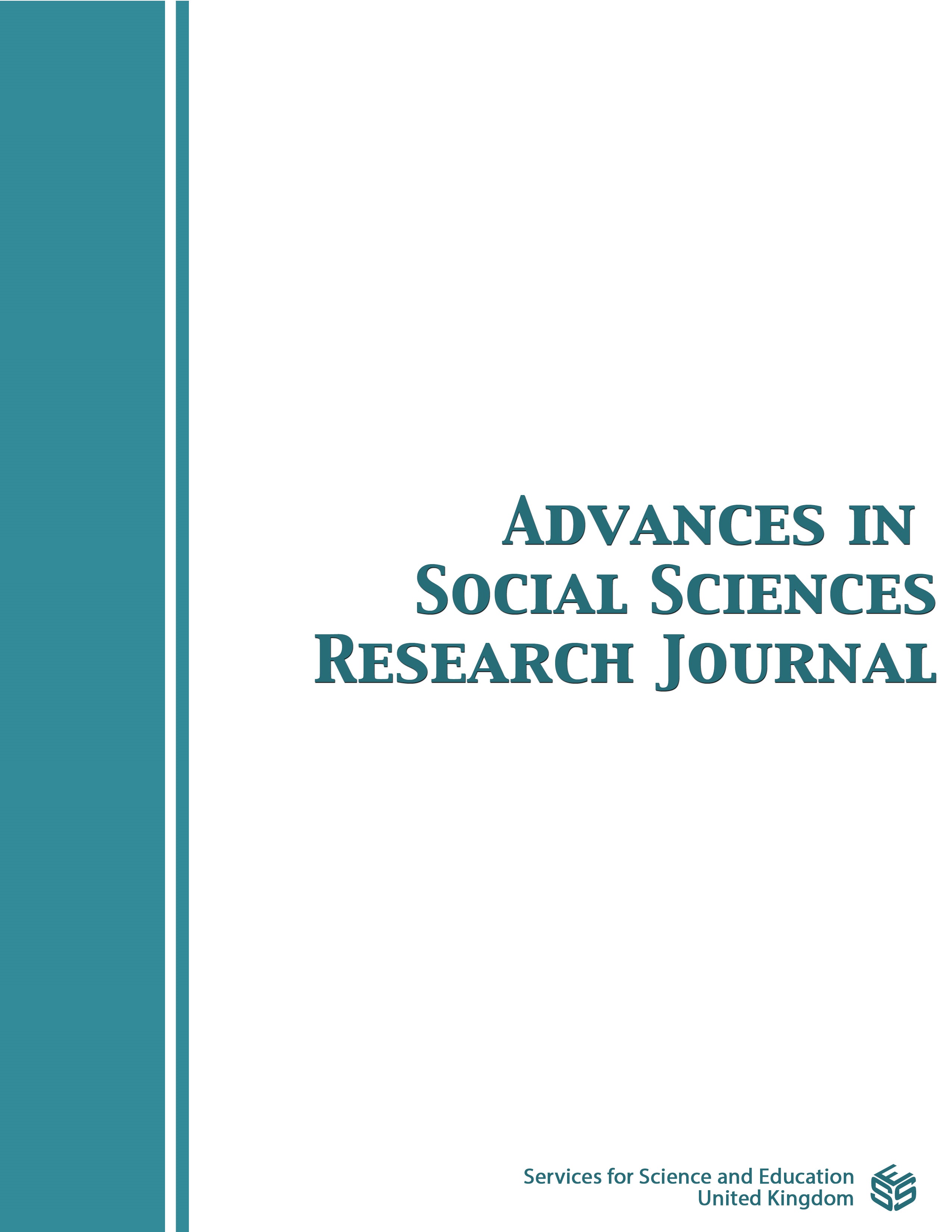The Relationship between Parenting Style and Career Decision Making Self-Efficacy in Undergraduates: Mediating Effect of Work Values
DOI:
https://doi.org/10.14738/assrj.91.11639Keywords:
College Students, Parenting Style, Work Values, Career Decision Making Self-Efficacy, Mediating EffectAbstract
Objective To explore the characteristics of parenting style, work values and career
decision making self-efficacy in undergraduates and analyze the relationship among the above
3 variables. Method: Eight hundred and forty-nine undergraduates were selected by stratified
random sampling from 7 universities in Guangdong province. Short-Form Egna Minnen av
Barndoms Uppfostran (s-EMBU), Work Values Scale for College Students (WVS) and
Career Decision Making Self-Efficacy Scale (CDMSES) were administred to them.
Results: ⑴ The score of parental control was at a low level; The scores of parental care, social
promotion, ease and stability, salary and reputation, benifits and welfare, total scores and five
dimensions of CDMSES belong to the medium level; The scores of the other 6 dimensions of
WVS belong to high scores. ⑵ Purposeful values play a partial mediating role in the
relationship between parental care and career decision making self-efficacy, and the mediating
effect accounts for 33.9% of the total effect; Instrumental values play a partial mediating role in
the relationship between parental care and career decision making self-efficacy, with the mediating
effect accounting for 11.1% of the total effect; Work values play a partial mediating role in the
relationship between parental care and career decision making self-efficacy, and the mediating
effect accounts for 30.4% of the total effect. Conclusion: Parental care can not only directly
predict college students' career decision making self-efficacy, but also indirectly affect it through
work values.
Downloads
Published
How to Cite
Issue
Section
License
Copyright (c) 2022 Yongmei HOU, Chen Runjia

This work is licensed under a Creative Commons Attribution 4.0 International License.
Authors wishing to include figures, tables, or text passages that have already been published elsewhere are required to obtain permission from the copyright owner(s) for both the print and online format and to include evidence that such permission has been granted when submitting their papers. Any material received without such evidence will be assumed to originate from the authors.






